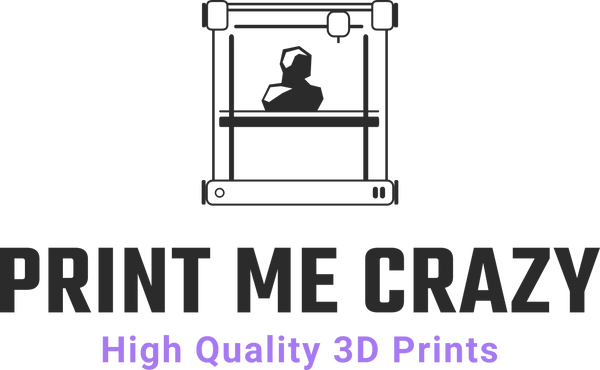
Looking for a fast and precise way to bring your 3D designs to life? Resin printing might just be the answer! This technology works by using a special liquid polymer resin that solidifies when exposed to light. By using a high-powered light source, layer by layer, the printer cures the resin into the desired shape until the final product is complete.
Resin printing encompasses several forms of 3D printing that use a vat of resin and UV light to cure it. The main variations are Masked Stereolithography (MSLA), Stereolithography (SLA), and Digital Light Processing (DLP). One of the most exciting things about resin printing is the level of detail that can be achieved.
Because the resin is cured into such fine layers, even the tiniest details can be captured with stunning accuracy. This makes it the perfect choice for intricate and complex designs, such as jewellery, figurines, and even dental models.

While resin printing offers high resolution and detailed prints, there are some downsides to consider. Compared to FDM printing, the variety of resin types and colours available is limited. Additionally, the toxic nature of resins and the chemicals needed to clean uncured resin from prints pose safety hazards. It is crucial to wear proper personal protective equipment (PPE), such as a mask, gloves, and goggles, when working with resins. Despite these challenges, resin printing can produce stunning results that are ideal for small and intricate designs.
So, whether you're a jewellery designer, a miniatures enthusiast, or just someone with a creative spark, resin 3D printing is the perfect tool for bringing your ideas to life. With its unparalleled precision, speed, and versatility, the possibilities are truly endless!

